11th French-Czech Vltava Chemistry Meeting, Dijon
28–30 August 2022
Université de Bourgogne in Dijon
Organising Committee
- Michel Meyer (Chair, Université Bourgogne Franche-Comté, Dijon)
- Thierry Belloir (Webmaster, Université Bourgogne Franche-Comté, Dijon)
- Claire-Hélène Brachais (Université Bourgogne Franche-Comté, Dijon)
- Stéphane Brandès (Université Bourgogne Franche-Comté, Dijon)
- Claude Gros (Université Bourgogne Franche-Comté, Dijon)
- Laurent Plasseraud (Université Bourgogne Franche-Comté, Dijon)
Plenary lectures
- Radek Marek (CEITEC and Masaryk University, Brno)
Relativistic and paramagnetic effects in NMR spectroscopy - Markéta Martínková (Department of Biochemistry, Charles University, Prague)
Heme, a molecule of key processes associated with health and disease - Yannick Landais (Institut des Sciences Moléculaires, Université de Bordeaux, Bordeaux)
Free-radical processes towards natural products and polymer synthesis - Michal Hocek (Institute of Organic Chemistry and Biochemistry of the CAS, Prague)
Base-modified nucleic acids for bioanalysis and chemical biology - Pascale Delangle (SyMMES, Université Grenoble Alpes and CEA, Grenoble)
How does bioinorganic chemistry contribute to current challenges in biology, toxicology or medicine? - Petr Štěpnička (Department of Inorganic Chemistry, Charles University, Prague)
Functional ferrocene ligands - Jean-Pascal Sutter (Laboratoire de Chimie de Coordination, CNRS, Toulouse)
From magnetic anisotropy to molecular magnets: a journey into the coordination chemistry of pentagonal bipyramidal complexes - Pierre Le Gendre (Institut de Chimie Moléculaire de l’Université de Bourgogne, Dijon)
Phenoxy-amidines: coordination chemistry and catalysis - Aleš Růžička (Department of General and Inorganic Chemistry, University of Pardubice, Pardubice)
Cationic polyhedral heteroboranes - Fact or fiction? - Mir Wais Hosseini (Institut Le Bel, Université de Strasbourg, Strasbourg)
Perspectives in Molecular Tectonics: from molecules to crystals, mosaics of crystals and crystal welding
Invited lectures
- Charles H. Devillers (Institut de Chimie Moléculaire de l’Université de Bourgogne, Dijon)
Stepwise oxidative C–C coupling and/or C–N fusion of Zn(II) meso-pyridin-2-ylthio-porphyrins - Michal Kohout (University of Chemistry and Technology, Prague)
Synthesis and application of photosensitive liquid crystals - Pavel Štarha (Department of Inorganic Chemistry, Palacký University, Olomouc)
Anticancer activity of 5d metal complexes - Přemysl Lubal (Masaryk University, Brno)
Ln(III) complexes of teraazamacrocyclic ligands: from basic research to analytical chemosensors - Sandrine Bouquillon (Institut de Chimie Moléculaire de Reims, Université de Reims Champagne-Ardenne, Reims)
Thermodynamic properties of aqueous solutions of biosourced ionic liquids - Richard A. Decréau (Institut de Chimie Moléculaire de l’Université de Bourgogne, Dijon)
Cancer theranostics activation with the Cherenkov radiation - Philippe P. Lainé (ITODYS, Université Paris Cité, Paris)
Electron storage in chemical bonds: the structronic approach - Jakub Švenda (Masaryk University and International Clinical Research Center, St. Anne’s Hospital, Brno)
Reducing synthetic complexity of the bactobolin class of ribosome inhibitors - Miroslav Soural (Department of Organic Chemistry, Palacký University, Olomouc)
Reducing synthetic complexity of the bactobolin class of ribosome inhibitors - Lubomír Špaňhel (ISCR, Université de Rennes, Rennes)
Reducing synthetic complexity of the bactobolin class of ribosome inhibitors
Oral Communications
- Jean-Claude Guillemin (Université de Rennes and Ecole Nationale Supérieure de Chimie de Rennes, Rennes)
Synthesis and millimeter wave spectroscopy of organic compounds, candidates for the interstellar medium - Paul Fleurat-Lessard (Institut de Chimie Moléculaire de l’Université de Bourgogne, Dijon)
Theoretical investigation of cooperativity in gold catalysis - Benoît Bertrand (Institut Parisien de Chimie Moléculaire, Sorbonne Université, Paris)
Organogold(III) complexes: synthesis, experimental measurement of ligand dissociation energy and applications - Jindřich Nejedlý (Institute of Organic Chemistry and Biochemistry of the CAS, Prague)
Investigation of quantum interference in [7]Helicenes via conductance measurements - Tereza Edlová (Institut de Chimie Moléculaire de l’Université de Bourgogne, Dijon / IOCB CAS, Prague)
Helically chiral indenyl ligands for asymmetric catalysis - Gabriel Canard (CINaM, Aix Marseille University, Marseille)
Meso-poly-halogeno-alkyl dipyrromethanes as precursors of electron-accepting and/or functionalized porphyrinoids - W. Ryan Osterloh (Institut de Chimie Moléculaire de l’Université de Bourgogne, Dijon)
Exploring the electrochemistry and activity of cyanide towards cobalt and copper corroles - Tomáš Chlupatý (Department of General and Inorganic, University of Pardubice, Pardubice)
Biguanide(2-) complexes of main group metals - Martin Kocúrik (Institute of Organic Chemistry and Technology, University of Pardubice, Pardubice)
Covalent molecularly imprinted polymers for selective adsorption of 1-naphthaleneacetic acid - Ileana-Alexandra Pavel (UTINAM, Université de Bourgogne–Franche-Comté, Besançon)
Sensors based on conductive polymers - Nguyêt-Thanh Ha-Duong (ITODYS, Université Paris Cité, Paris)
Helical plant virus as 3D scaffold to design nanomaterials - Serge Thorimbert (Institut Parisien de Chimie Moléculaire, Sorbonne Université, Paris)
Methyl coumalate, a promising bio-based reagent - Michal Kratochvíl (University of Chemistry and Technology, Prague)
Protected 2-hydroxyglucal: a novel building block and its use in the stereoselective synthesis of β-D-mannopyranosyl derivatives - Vojtěch Hamala (Institute of Chemical Process Fundamentals of the CAS, Prague)
Synthesis and cytotoxicity of fluorinated amino saccharides - Josef Hamáček (Centre de Biophysique Moléculaire, CNRS and Université d'Orléans, Orléans)
Centre de Biophysique Moléculaire, CNRS and Université d'Orléans, Orléans - Morgane Moinard (Reactions and Chemical Engineering Laboratory, Université de Lorraine, Nancy)
Vectorized photosensitizers to target, detect and destroy peritoneal carcinomatosis while activating the immune system - Laurène Wagner (LCPM, Université de Lorraine, Nancy)
Development of a chelating agent for diagnostic by PET imaging and targeted radionuclide therapy applications - Raluca Malacea-Kabbara (Institut de Chimie Moléculaire de l’Université de Bourgogne, Dijon)
Phosphine-phosphonium gold complexes: synthesis and therapeutic investigations
2010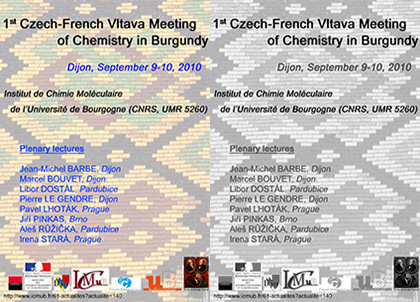
|
2011
|
2012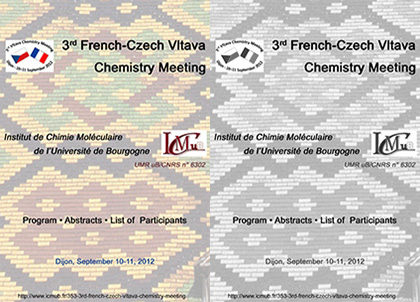
|
2013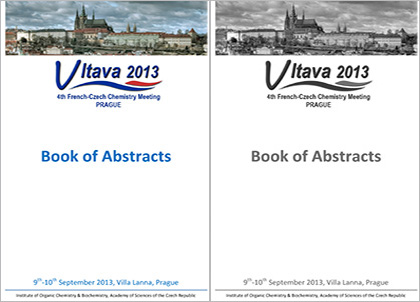
|
|||
2014
|
2015
|
2016
|
2017
|
|||
2018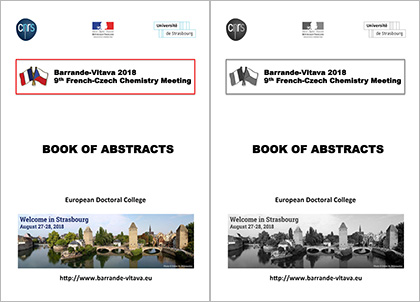
|
2019
|
2022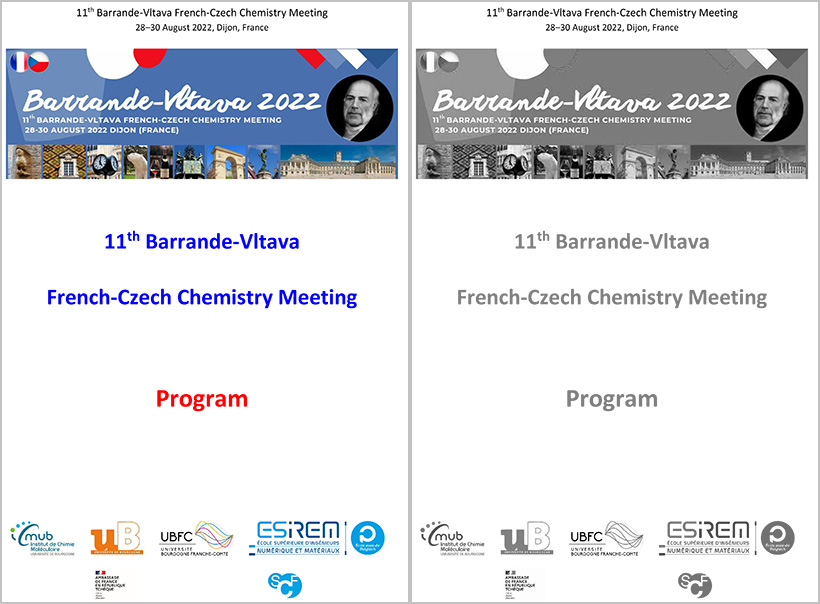
|
2023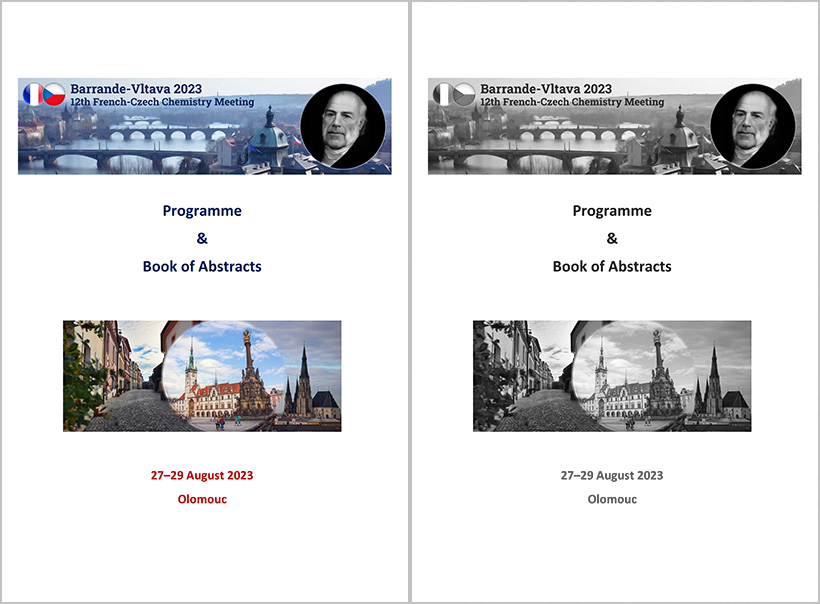
|
|||
2024
|
2025
|
|||||
